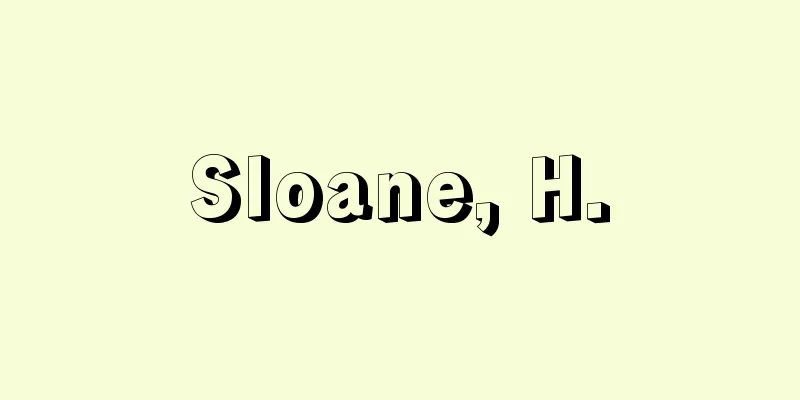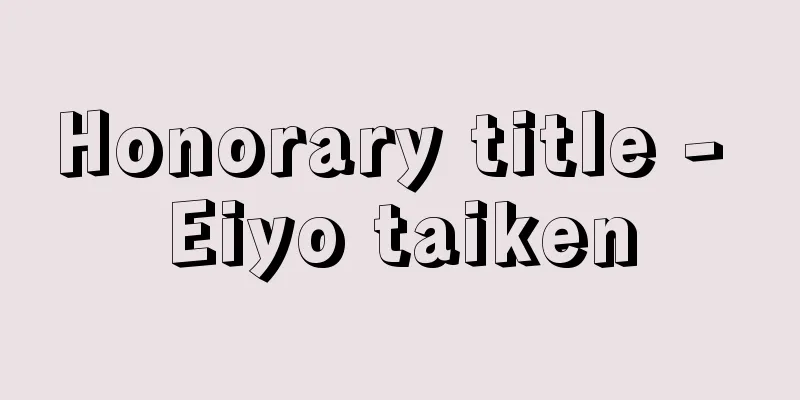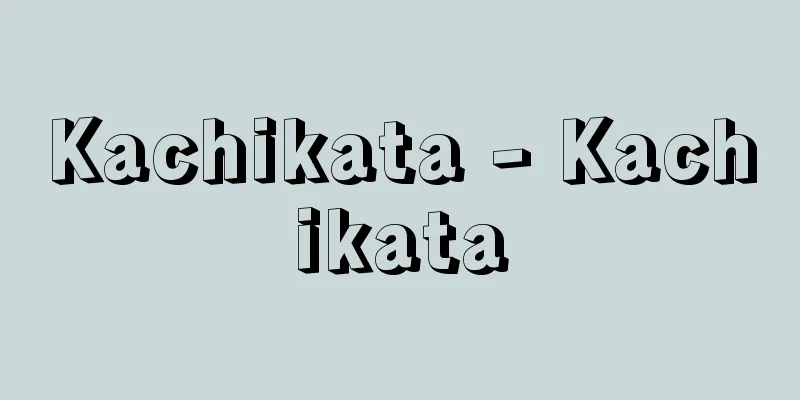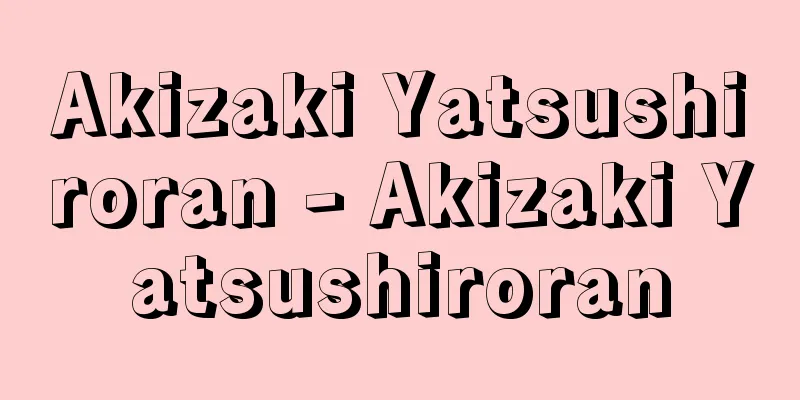Gold Price Exchange

|
During the Edo period, this was an exchange and control center for gold, silver, and coins in Osaka. It was established during the Kanbun era (1661-1673). At the time, prices in Edo were denominated in gold and in Osaka in silver, so the exchange of the three currencies was necessary, and the exchange rate here became the standard. Gold and silver trading was officially recognized in 1725 (Kyoho 10). In 1868 (Meiji 1), trading in silver was prohibited and the exchange was closed. Source: Encyclopaedia Britannica Concise Encyclopedia About Encyclopaedia Britannica Concise Encyclopedia Information |
|
江戸時代,大坂にあった金,銀,銭3貨の取引所兼統制機関。寛文年間 (1661~73) に設立。当時の物価は江戸が金建て,大坂が銀建てであったため,3貨の交換が必要となり,ここでの交換比率が基準となった。金銀売買の公認は享保 10 (1725) 年。明治1 (1868) 年,銀建て取引禁止で閉鎖。
出典 ブリタニカ国際大百科事典 小項目事典ブリタニカ国際大百科事典 小項目事典について 情報 |
<<: Dishwasher book - Kinsobon
>>: "The Book of Treatment for Gold Sores"
Recommend
Imagawa clan
A feudal lord of the branch of the Ashikaga clan ...
Floating plant
…Aquatic plants are also called mizukusa. They ar...
Xianyang Palace
[1] A magnificent palace built by the First Empero...
indium
In. Atomic number 49. A metal element in group 13...
Antidesma bunius
…In China and Japan, candles are made from the Ch...
Harald I
?‐931? The first king of Norway to unify the count...
Curtis Institute of Music
… [Europe and the US] In the United States, the m...
Yayako Dance - Yayako Dance
A small singing and dancing performing art perfor...
Dedeagatch
…It has a railway station between Thessaloniki an...
Jenner - Edward Jenner
British doctor. Born in Berkeley as the third son...
Olmütz (English spelling) Olmutz
…A city in north-central Moravia in the eastern p...
Computer game (English spelling)
A general term for games that operate using comput...
Emperor Organ Theory
A constitutional theory that holds that the Emper...
Beatus
…It is true that in this period, the weak and uns...
Digestion
The process of breaking down the nutrients in foo...


![Zeno [of Elea] (English spelling)](/upload/images/67cc061d980f9.webp)






